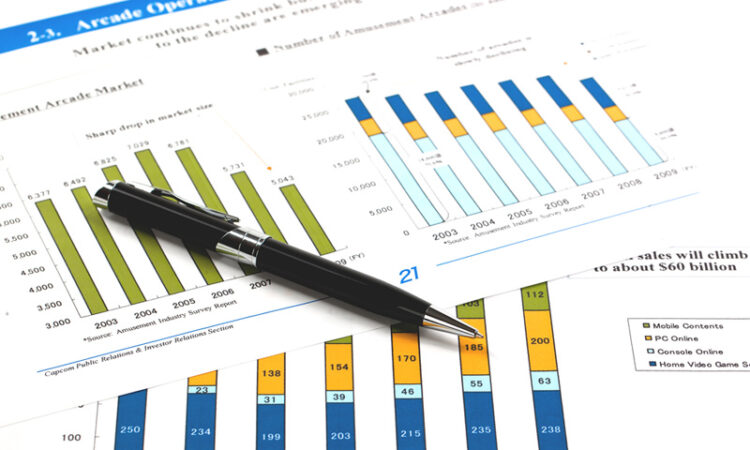

© Reuters. A person buys produce from a fruit and vegetable market stall in central London, Britain, August 19, 2022. REUTERS/Henry Nicholls
2/3
By David Milliken
LONDON (Reuters) – British private-sector economic activity fell at its fastest rate in two years in January, a survey showed on Tuesday, as businesses blamed higher Bank of England interest rates, strikes and weak consumer demand for the slowdown.
The S&P Global/CIPS flash composite Purchasing Managers’ Index (PMI) dropped to 47.8 in January from 49.0 in December, at the bottom end of economists’ forecasts in a Reuters poll and the lowest since January 2021. Readings below 50 indicate falling output.
“Weaker-than-expected PMI numbers in January underscore the risk of the UK slipping into recession,” S&P Global (NYSE:)’s Chief Business Economist, Chris Williamson, said.
“Industrial disputes, staff shortages, export losses, the rising cost of living and higher interest rates all meant the rate of economic decline gathered pace again at the start of the year,” he added.
Britain’s economy grew more than expected in November, according to official data, making it unlikely that statisticians will record two consecutive quarters of falling output – the widely used definition of recession in Europe – for the second half of 2022.
However, most economists expect output to fall this year, an outlook which will weigh on BoE policymakers this week as they consider how much further to raise interest rates when they meet on Feb. 2.
Financial markets expect the central bank to raise British rates to 4% from 3.5% next week to tackle double-digit inflation, and see rates peaking at around 4.5% later this year.
Britain is also in the midst of a wave of industrial action as rail workers, nurses, ambulance drivers and teachers all seek pay rises that keep up with inflation.
Tuesday’s PMI data showed that prices charged by businesses rose at the slowest rate since August 2021, although the increase was still steep by historic standards.
Costs rose at the slowest pace since April 2021, as energy prices fell, though wage increases remained significant, while optimism about the year ahead reached an eight-month high.
Businesses cut a small number of jobs, in contrast to the rapid hiring through much of 2021 and 2022.






